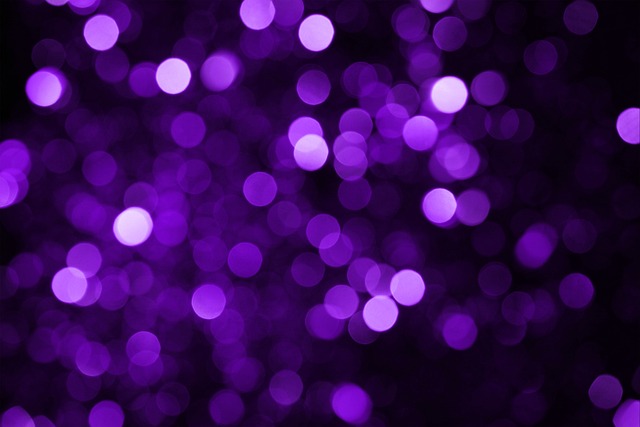When it comes to photography, one element often separates a good photo from a breathtaking one: effective light. The way light interacts with your subject can significantly influence the mood, style, and overall impact of your images. Understanding this relationship transforms how you approach your photography, allowing you to capture magic in each frame.
The power of effective light cannot be overstated. It can create depth, emphasize textures, and evoke emotions, all of which are crucial in telling a compelling story through your camera lens. Whether you’re shooting landscapes at dawn, portraits during golden hour, or product photographs in a studio, the light plays a pivotal role in conveying the narrative you want your audience to embrace.
Consider how different times of day affect your images. The soft, diffused light of early morning or late afternoon can soften harsh shadows, creating a more flattering perspective in your photos. On the other hand, the stark brightness of midday sun can create dramatic contrasts, emphasizing particular elements within the shot. Learning to recognize these shifts can transform your approach to photography.
Moreover, the use of optics in your camera can manipulate light even further. Lenses with different apertures can play a significant role in how we perceive the light in our photographs. A wide aperture allows more light to enter, creating a beautiful bokeh effect that isolates your subject from the background. This creates an ethereal quality, making your images pop and offering an artistic flair that viewers can easily connect with.
Utilizing reflectors and diffusers can also enhance your control over light. By bouncing or softening light, these tools help mitigate harsh shadows and highlight your subject’s best features. Understanding light’s direction—whether front, side, or backlit—can add layers of dimension to your photographs and make your subjects come alive in ways that resonate with viewers.
Furthermore, experimenting with artificial lighting sources, such as speedlights or continuous lights, can yield substantial creative freedom. You can create dramatic shadows, add color gels for mood, or utilize softboxes for a gentle touch. Each choice contributes to the emotional tone of your images, reinforcing the importance of effective light in creating photographs that leave an indelible impact.
In essence, mastering light is an art form that every photographer should strive to develop. It involves not just understanding how to use your camera settings but also feeling the nuances of light as it dances across your subjects. Whether you are a budding enthusiast or an experienced professional, recognizing the magic of effective light can elevate your work, leading to photographs that resonate deeply and inspire awe.
So grab your camera, venture outside, and let the light guide your creativity. There’s a whole world waiting to be captured through your lens—explore it with the understanding that every ray of light holds the potential to transform your vision into a stunning reality.




